That’s Distinctive!: Letters from the Vietnam War
April 5th, 2024Check the blog each Friday for a new “That’s Distinctive!” post. I created this series to provide a lighthearted glimpse into the diverse and unique items at Spencer. “That’s Distinctive!” is meant to show that the library has something for everyone regardless of interest. If you have suggested topics for a future item feature or questions about the collections, you can leave a comment at the bottom of this page. All collections, including those highlighted on the blog, are available for members of the public to explore in the Reading Room during regular hours.
This week on That’s Distinctive! I am sharing some letters from the James B. English papers. The letters are from 1968-1969 when James was stationed at Di An and Long Binh, Vietnam, during the Vietnam War. James wrote the letters to his family, and the ones highlighted today were to his mother. Within the collection, the letters have been arranged chronologically. The letters shared here are also transcribed below.
According to History.com, “the Vietnam War [1955-1975] was a long, costly and divisive conflict that pitted the communist government of North Vietnam against South Vietnam and its principal ally, the United States. The conflict was intensified by the ongoing Cold War between the United States and the Soviet Union. More than three million people (including over 58,000 Americans) were killed in the Vietnam War, and more than half of the dead were Vietnamese civilians.”
I decided to highlight this collection because I find the letters super fascinating, especially since they’re from a significant time in history. Similar to old diaries, they give a glimpse of what life was like years ago.
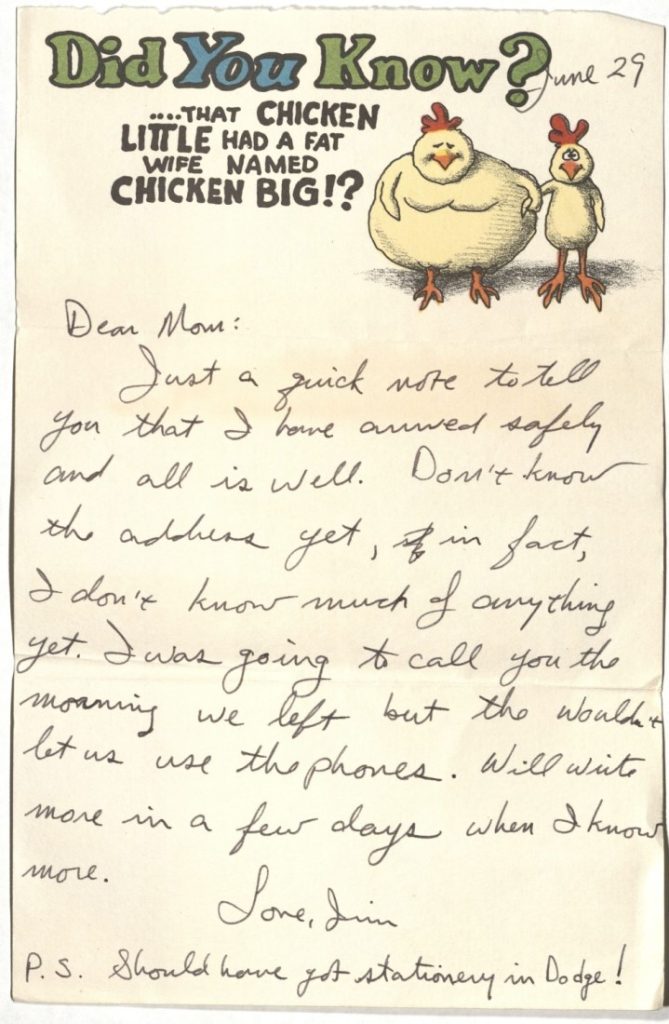
June 29 [1968]
Dear Mom:
Just a quick note to tell
you that I have arrived safely
and all is well. Don’t know
the address yet, if in fact,
I don’t know much of anything
yet. I was going to call you the
morning we left but the[y] wouldn’t
let us use the phones. Will write
more in a few days when I know
more.
Love, Jim
P.S. Should have got stationery in Dodge!

March 19 [1969]
Mom:
Just got back from Hong Kong.
Got a lot of the cobwebs cleared out
and really had quite a blast. Had forgotten
what so many things were like. [Hard]
to adjust back to living as homo sapiens
and [hard] to adjust when I got back here.
100 days today and it’s all downhill
from now on. Am confident than [sic] the
one night I got mortared in Long Binh
will be the only time in my life
I got shot at.
Can put up with any thing for 100 days.
Don’t worry about me any more.
Will wait a few days to write a
longer letter – just wanted you to get
a few cheerful, light words in the
mail.
Jim
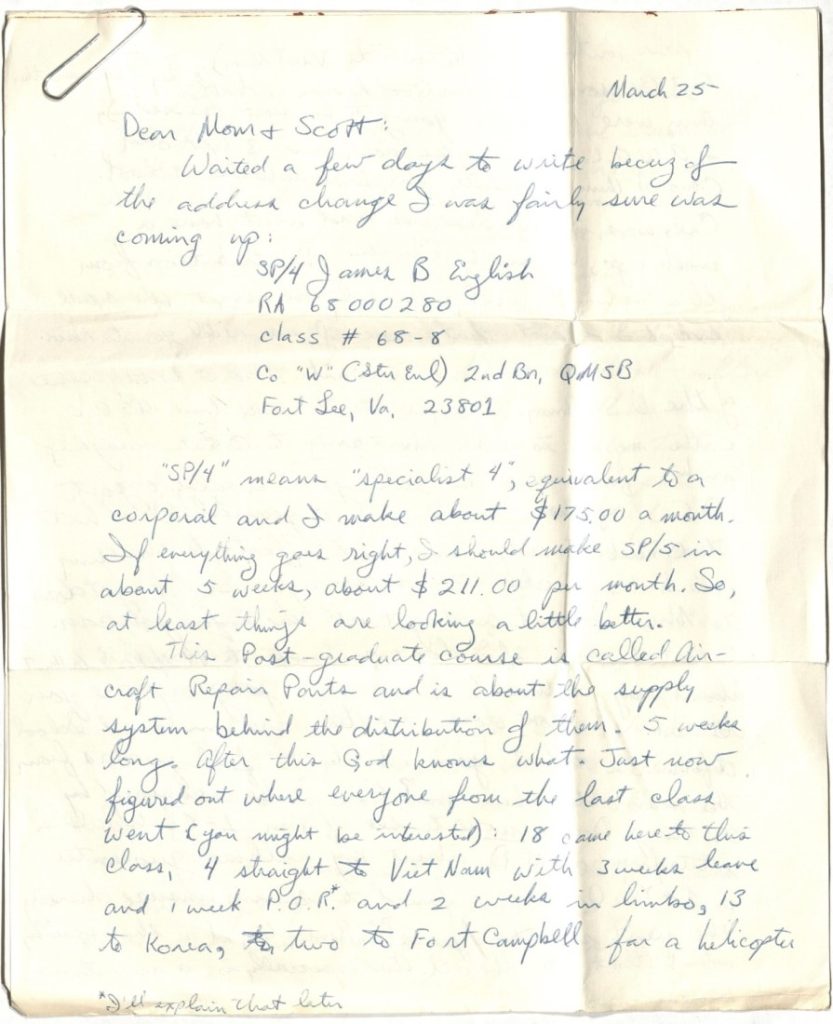
March 25 [1969]
Dear Mom & Scott:
Waited a few days to write becuz of
the address change I was fairly sure was
coming up:
SP/4 James B English
RA 68000280
class # 68-8
Co “W” ([Stu Enl?]) 2nd Bn, QMSB
Fort Lee, Va. 23801
“SP/4” means “specialist 4”, equivalent to a
corporal and I make about $175.00 a month.
If everything goes right, I should make SP/5 in
about 5 weeks, about $211.00 per month. So,
at least things are looking a little better.
This Post-graduate course is called Air-
craft Repair Parts and is about the supply
system behind the distribution of them. 5 weeks
long. After this God knows what. Just now
figured out where everyone from the last class
went (you might be interested): 18 came here to this
class, 4 straight to Viet Nam with 3 weeks leave
and 1 week P.O.R.* and 2 weeks in limbo, 13
to Korea, to two to Fort Campbell for a helicopter …
*I’ll explain that later
Tiffany McIntosh
Public Services

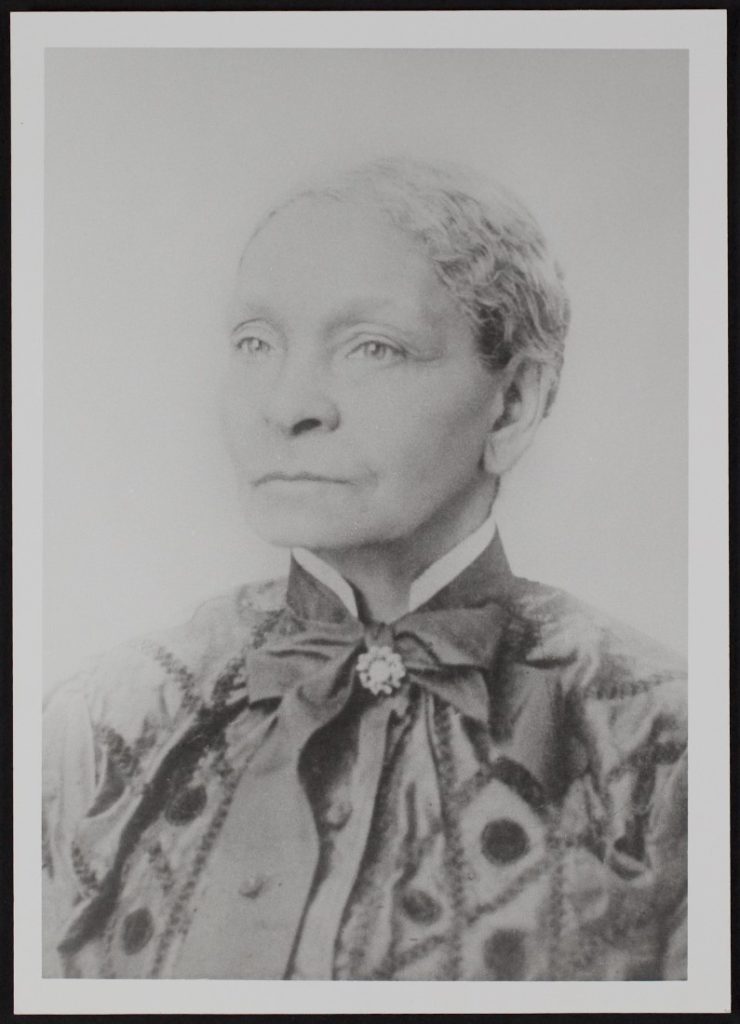
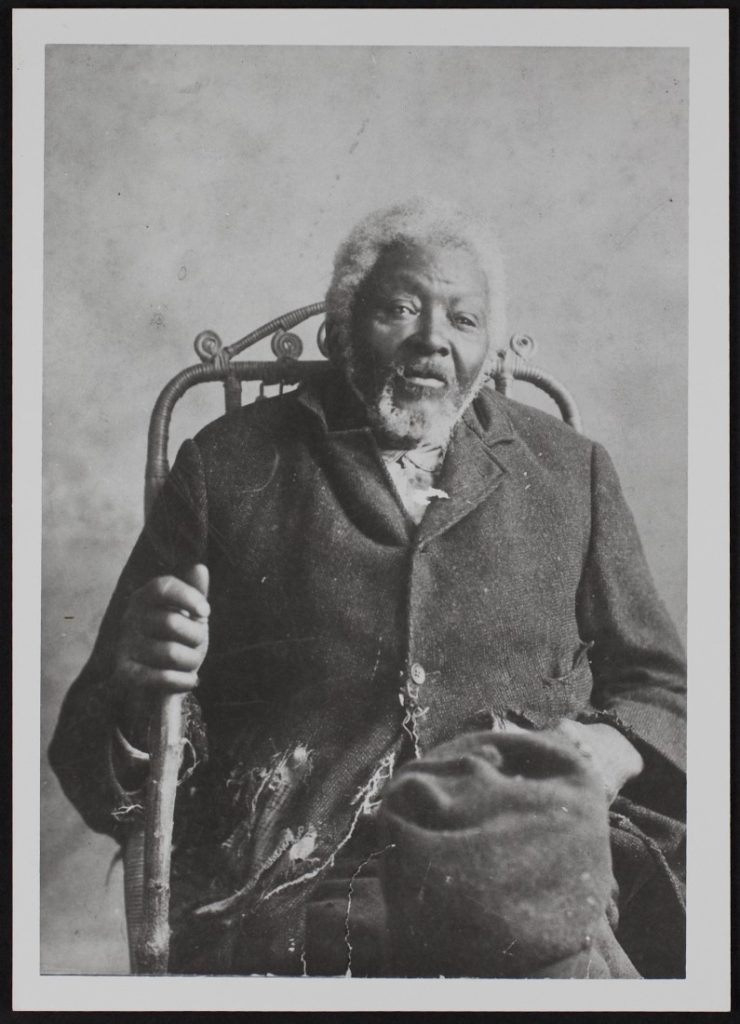

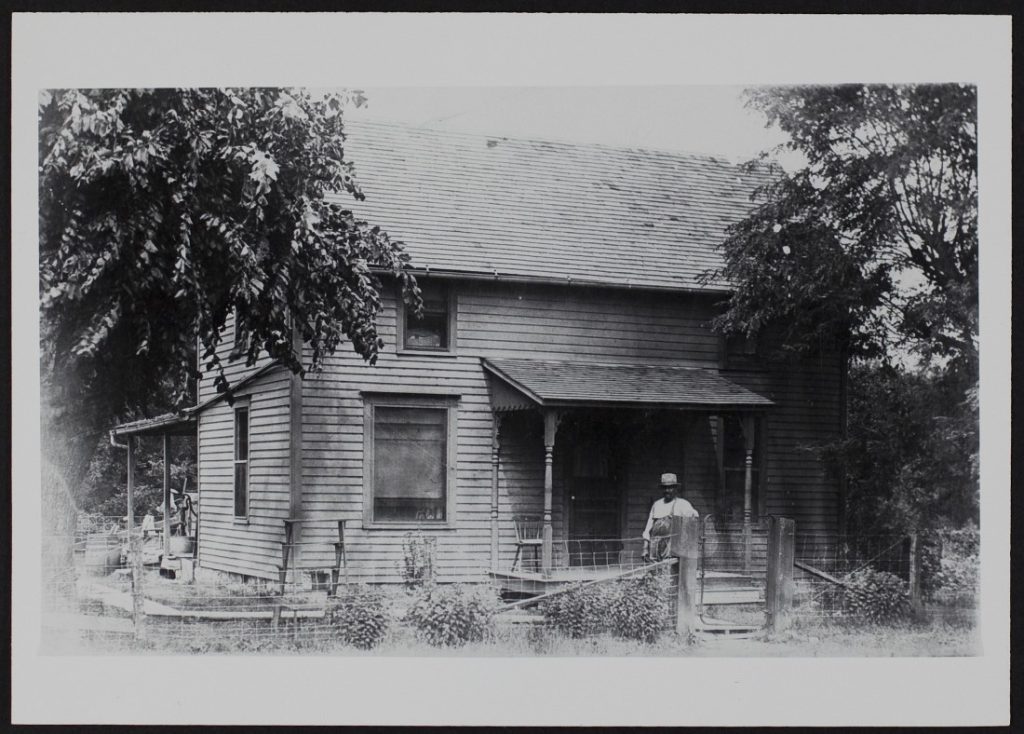
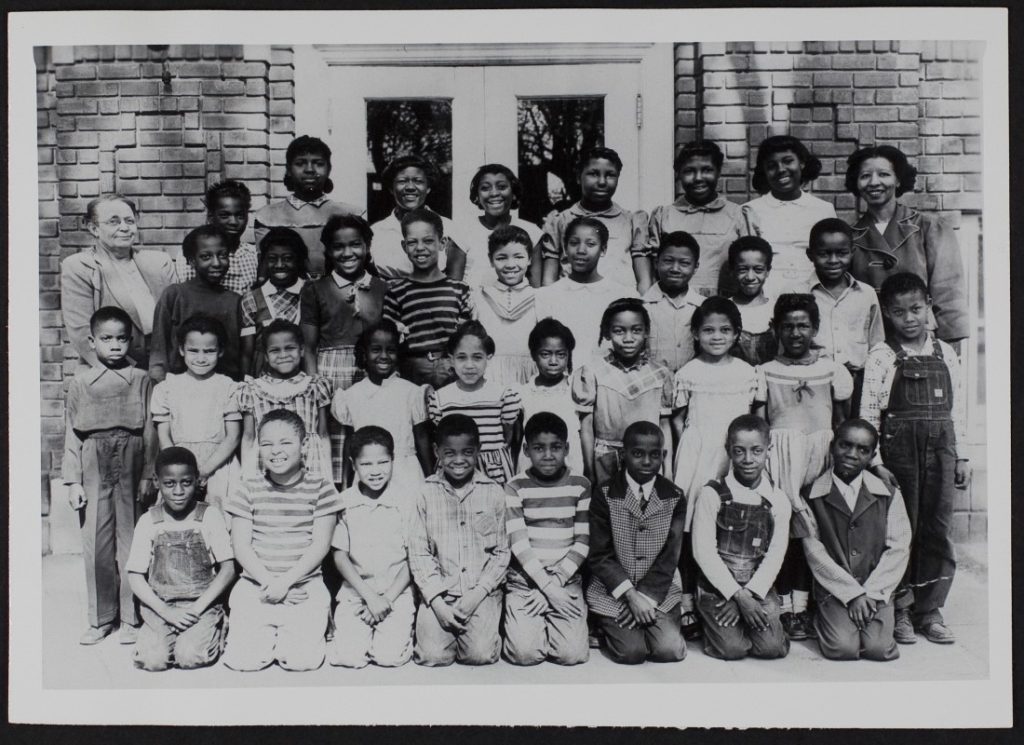
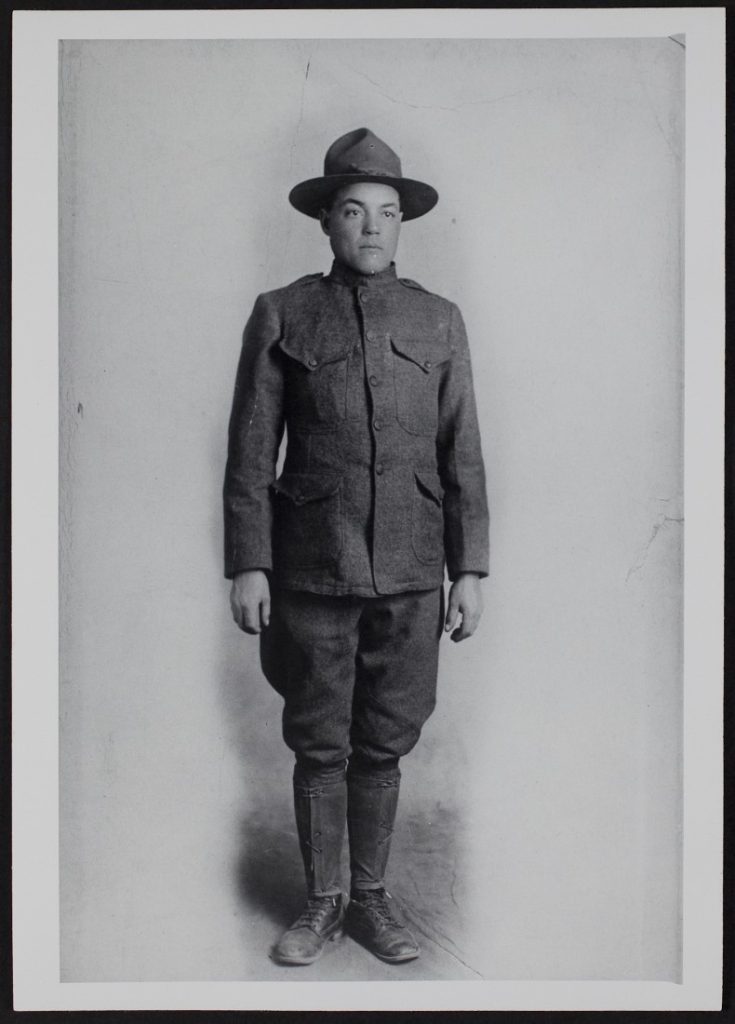
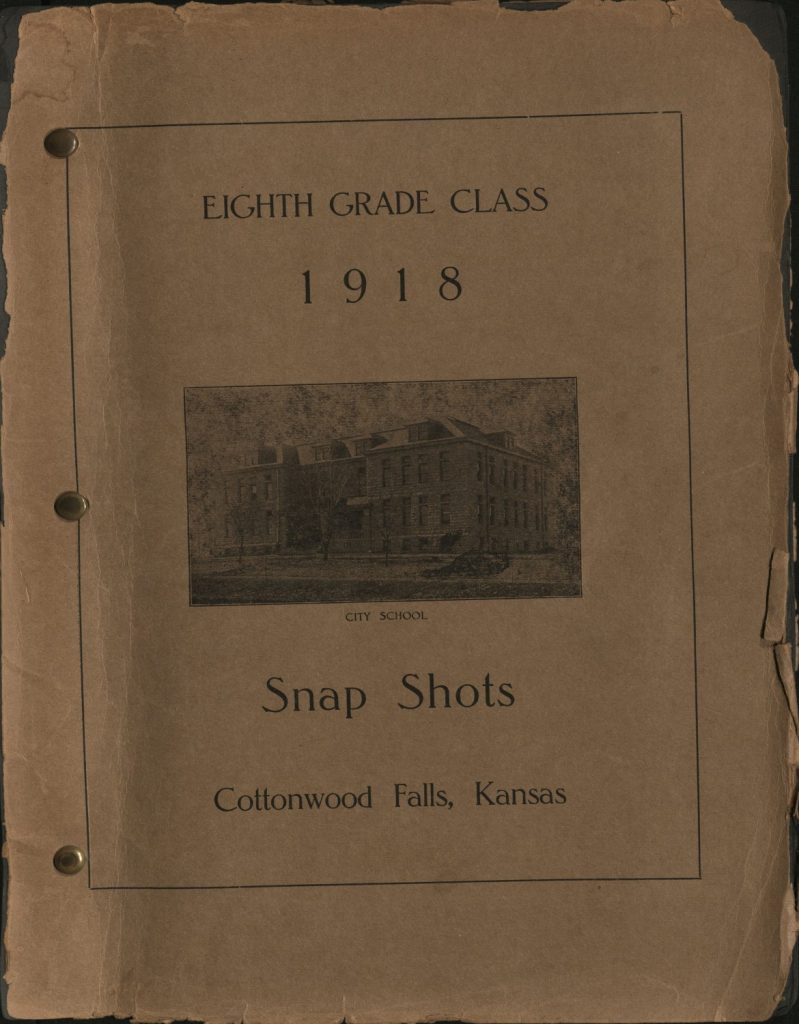

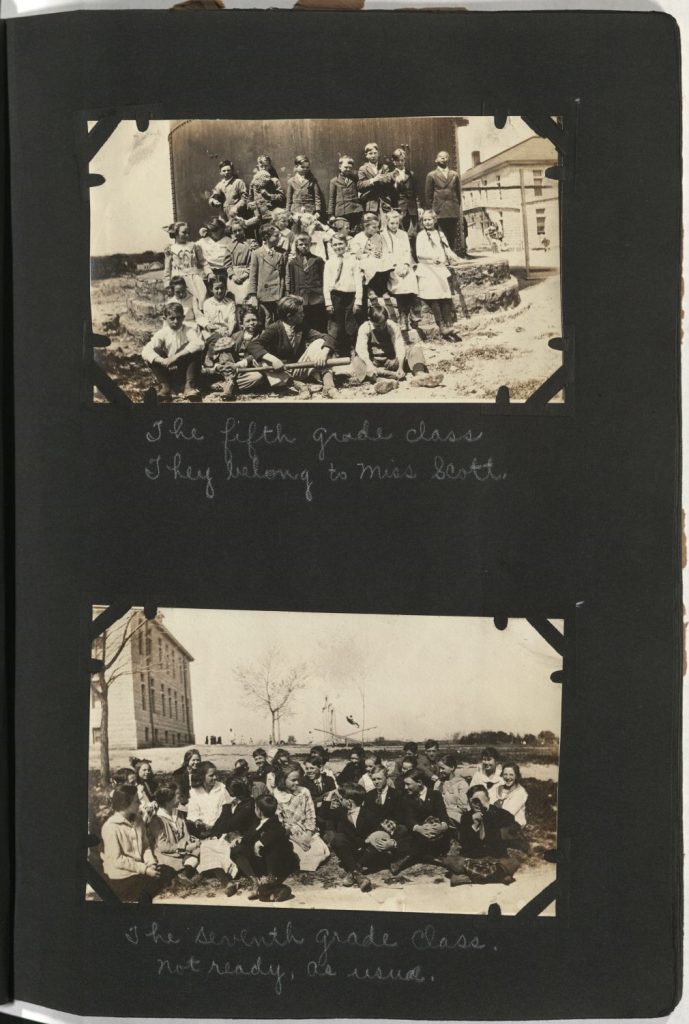
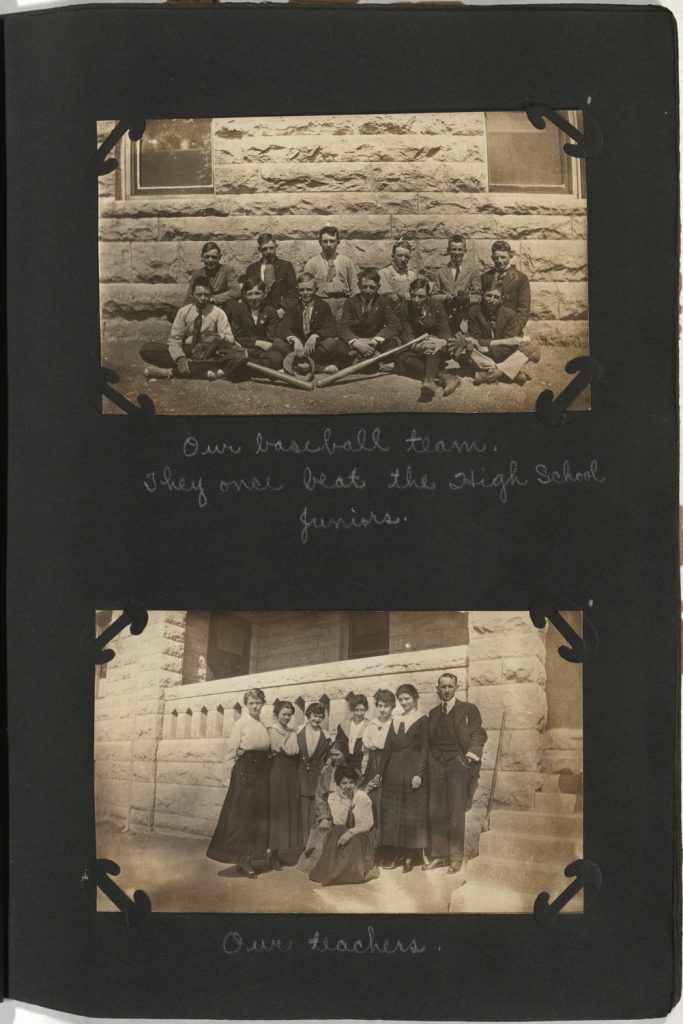
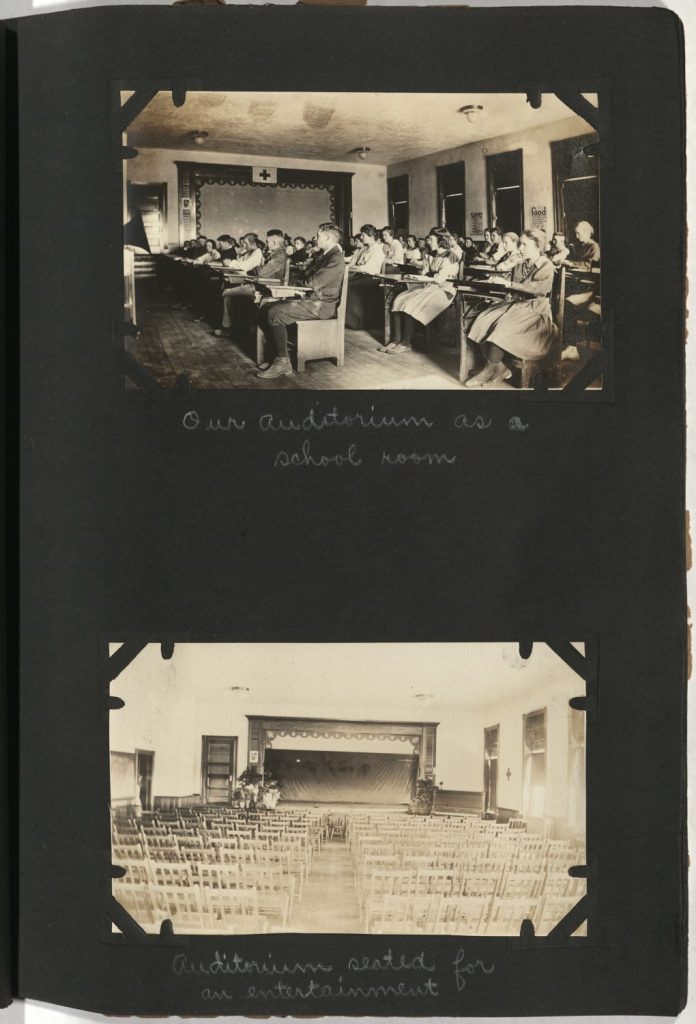
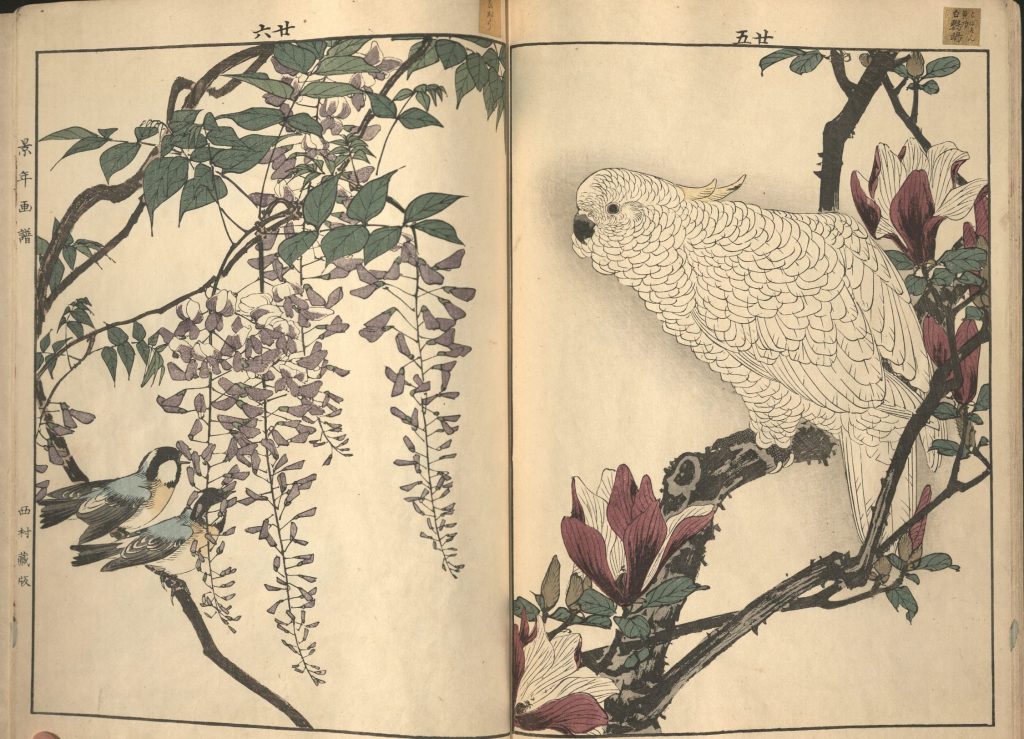



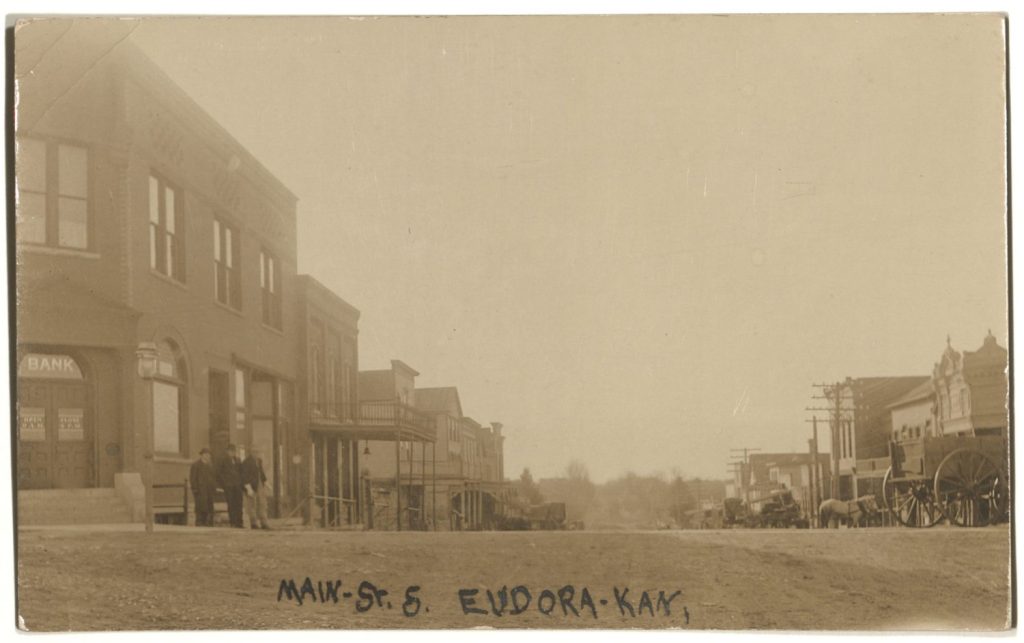
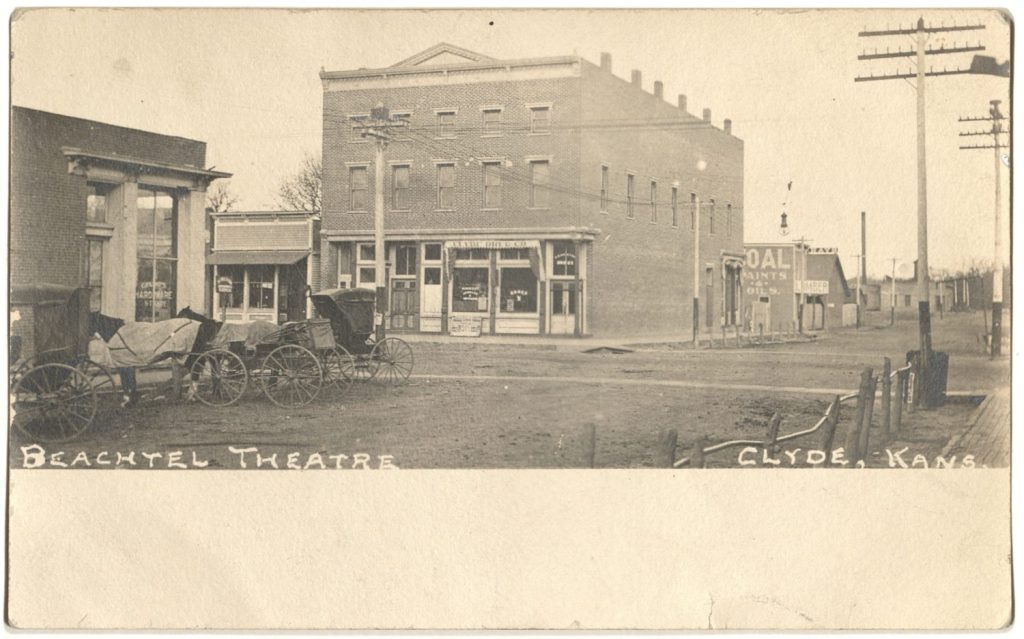
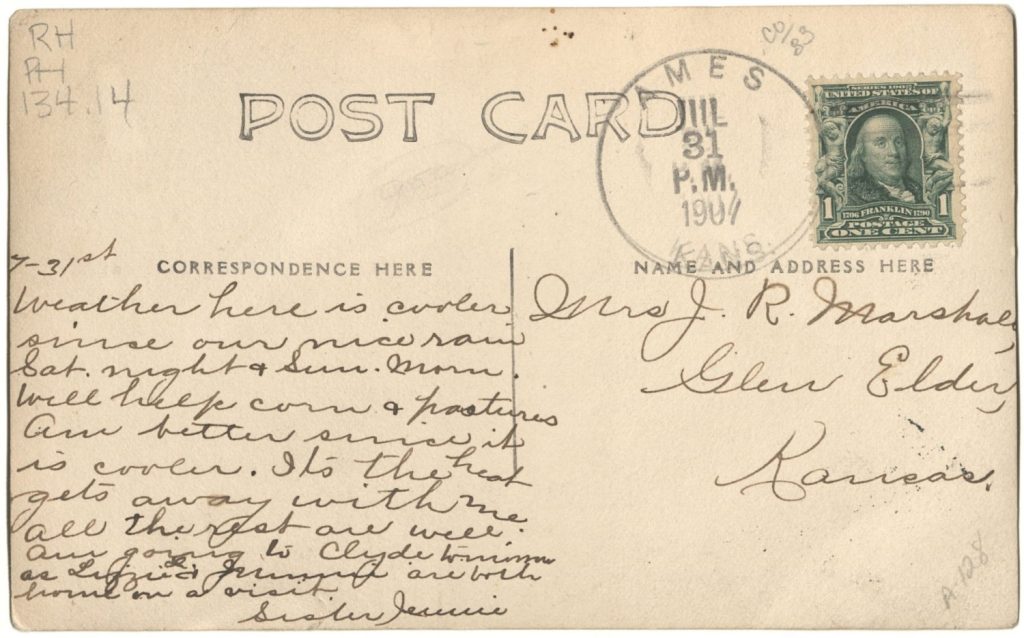
![Sepia-toned photo of a dirt street with two-story buildings - and some horses and wagons - on each side. A handwritten note says "2803 Chesnut [sic] St, Hays, Kans."](https://blogs.lib.ku.edu/spencer/wp-content/uploads/2024/03/RH-PH-134_Hays-front-1024x650.jpg)
